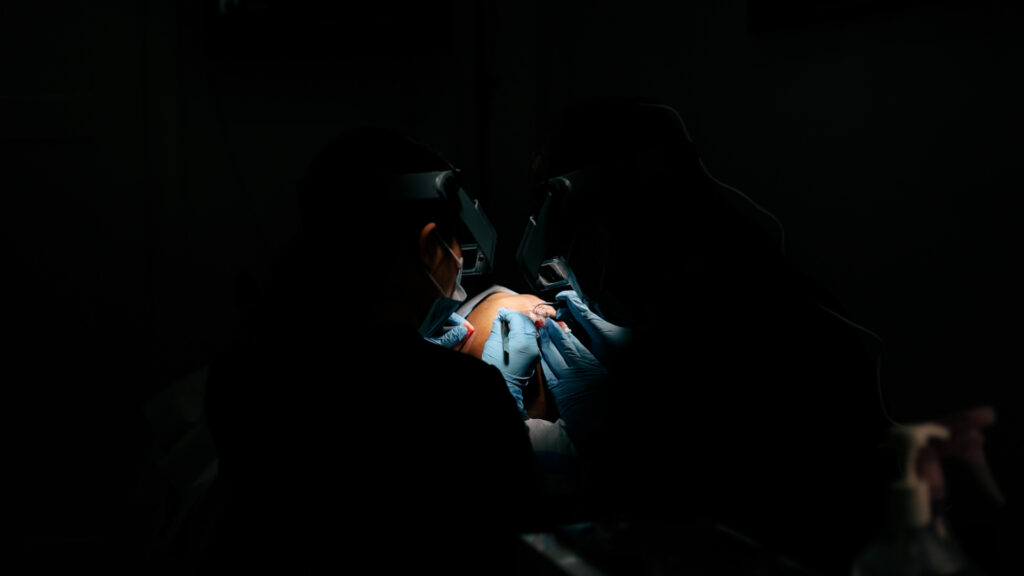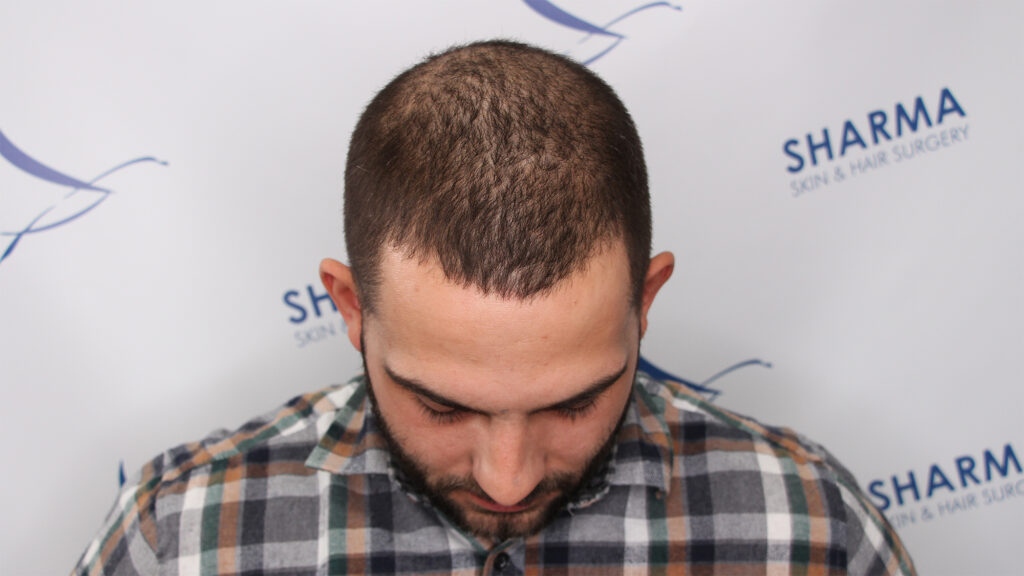Having trouble finding what you are looking for?
Send us a message
Why is it that some men begin to experience thinning hair and a receding hair line as they age?
No one wants to say goodbye to their thick, youthful hair, but some men are dealt the cards of male pattern hair loss. This genetic condition is related to your hormones and can’t be avoided if it runs in your family.
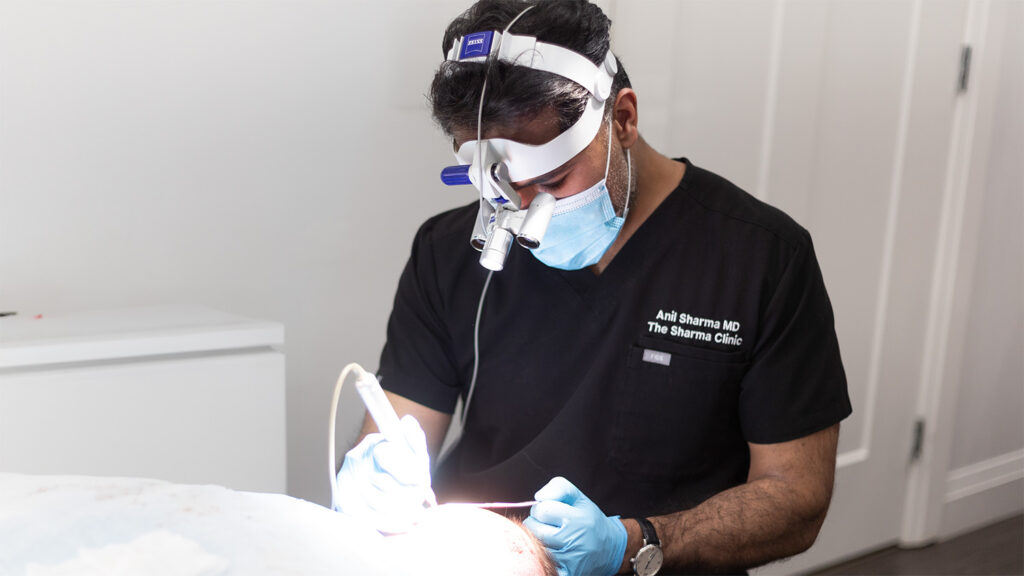
Hair transplant information
Causes & Solutions
What causes male pattern hair loss?
Male pattern hair loss typically occurs later in life as hormone levels change. Genetics play a big role in hormone levels and how the follicles are affected. The hair follicles in the affected areas are more sensitive to male sex hormones (dihydrotestosterone, also known as DHT) than follicles located on the sides and back of the head. As the hormones affect these areas, the follicles begin to shrink with time.
It is estimated that more than 50% of men experience male pattern baldness by the age of 50 years old, although some people start noticing a changing hairline as early as their 20’s.
Given that genetics play a large role in hair loss, some ethnicities have a higher risk of this issue. For example, Caucasian men have a higher risk of male pattern hair loss compared to other ethnicities. Research shows that Japanese, Chinese, and Native American men have the lowest risk.
If you have a family history of baldness, it is likely that you also have the genetic preconditioning for hair loss.
Are there solutions for hair loss?
Even though hair loss is a natural part of the aging process for many people, it can still be a stressful experience to see the hairline creeping higher and higher. This aesthetic concern can play a role in many aspects of your life, including self-esteem, professional career, interpersonal relationships, and more. Luckily, hair transplants can be used to overcome these concerns and restore your confidence.
A consultation with Dr. Sharma will rule out any other factors that might be affecting hair loss, such as nutritional deficiencies, health conditions, and use of certain medications. The pattern of hair loss is a good indication of the genetic cause. Dr. Sharma will create a personalized plan that not only treats the immediate hairline, but also helps with future hairline changes that are anticipated.
Learn more about treatments for hair lossBook now
Book a consultation today with Sharma Skin & Hair Surgery
Contact us for a free virtual hair loss consultation and get started on your transformation today.
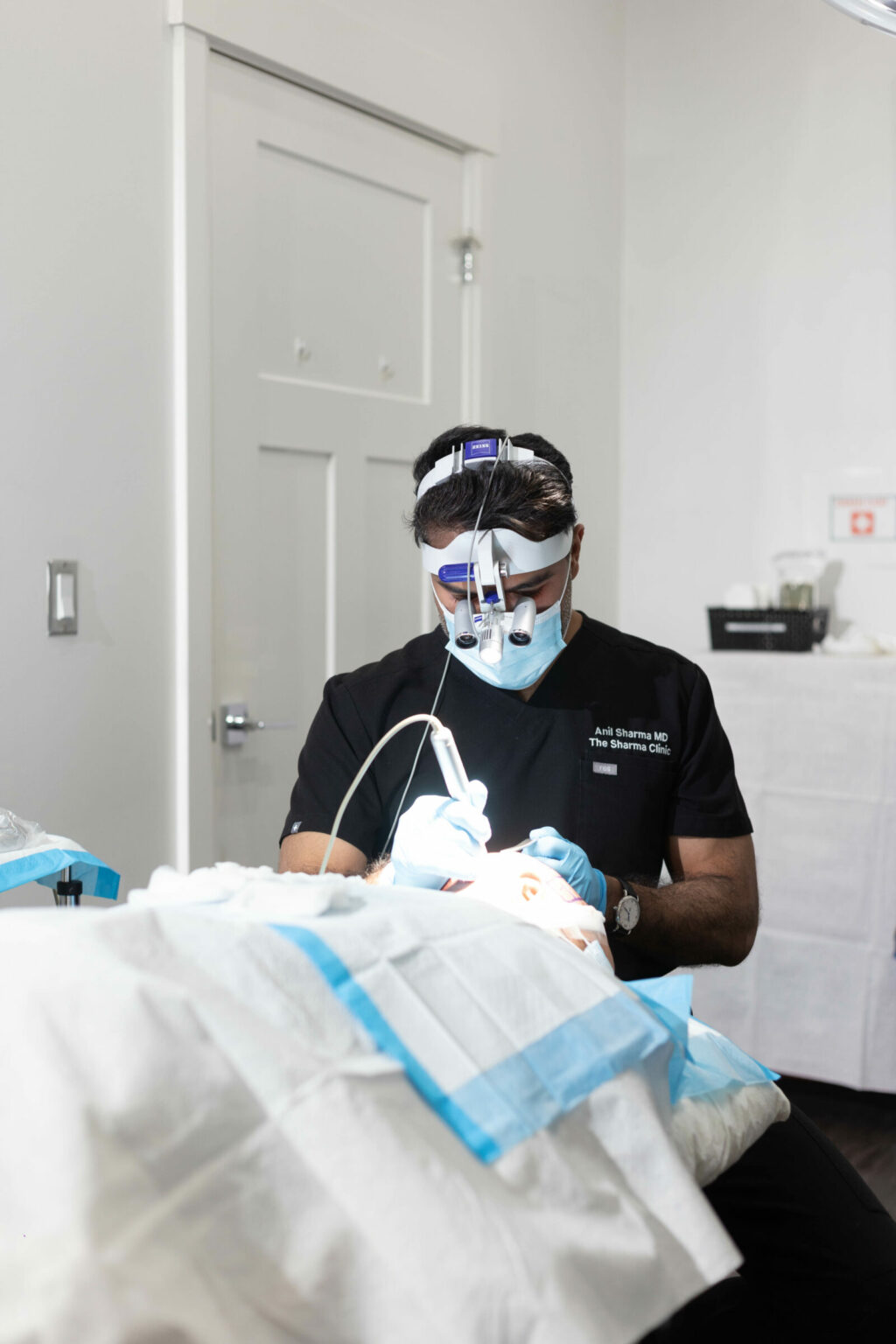
Common patterns of hair loss in men
Hair follicles each hold one or more strands of hair which sit in a small hole in your scalp. Hormones and age can cause these follicles to shrink with time, resulting in finer and shorter hair. Eventually, the follicle no longer grows new hair, resulting in baldness.
This form of hair loss doesn’t affect the entire head. Instead, certain areas of the hair begin to thin, usually starting with the hair that lines the face as well as the crown of the head. As the pattern progresses and baldness develops, the entire top of the scalp can lose hair. Eventually, the advanced stages of male pattern baldness leave only a horseshoe pattern of hair, located around the sides and back of the head.
In the beginning, the signs of hair loss might not be noticeable because there are plenty of hair follicles to maintain the appearance of the hair line. With time and age, the hair line will continue to thin and move higher on the forehead.
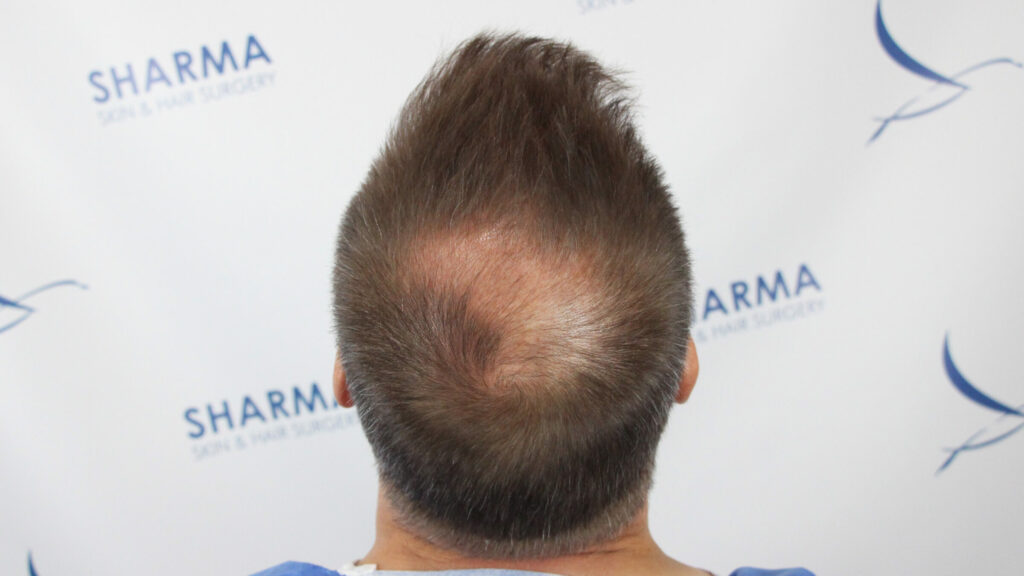
Hair loss at the crown
When Male Pattern Hair Loss presents itself in this area it can be quite difficult to treat due to the size of the treatment area. Something that also increases the challenge when transplanting hair to the area is the variety of angles that hair naturally lies at the scalp. Unlike the frontal hairline, the implantation angle constantly changes. You must follow the angles of the native hair very carefully to allow for a natural-looking result.
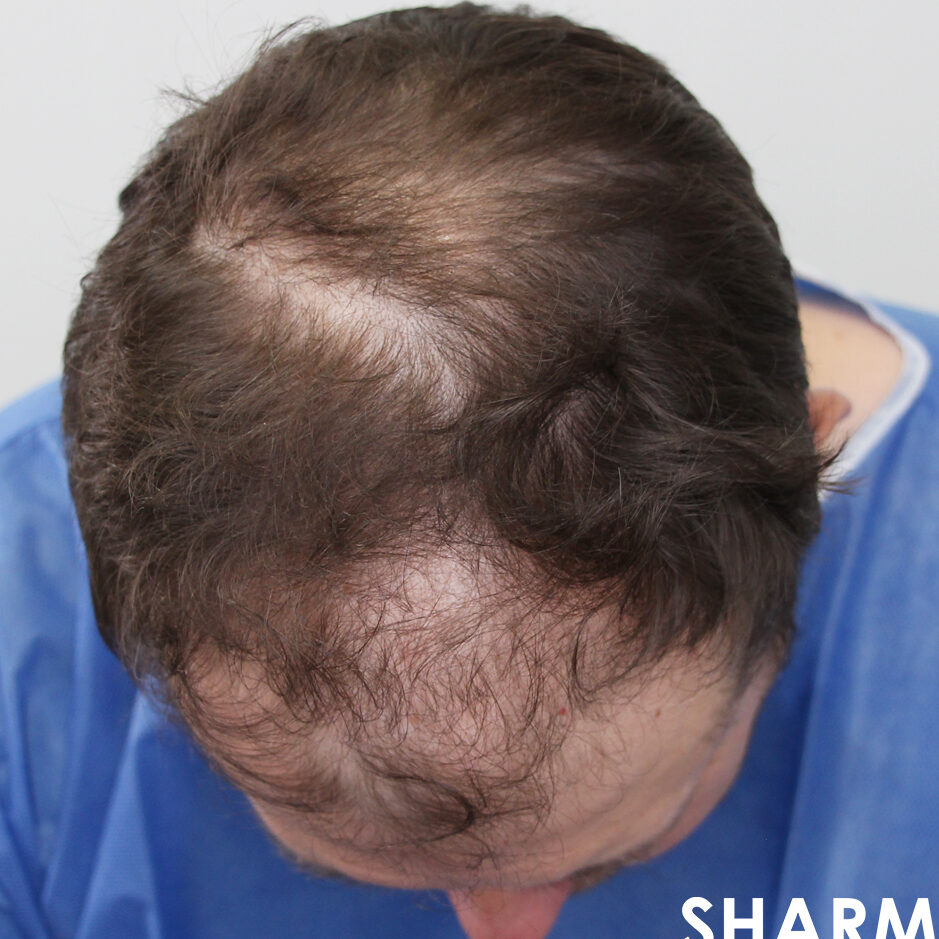
Traction alopecia hair loss
This type of hair loss is not caused by any medical condition. Over time some hairstyles, including braids, ponytails, or man buns can put enough force onto the follicle to cause it to fall out. Wearing your hair in these ways is not damaging, it’s the constant and repetitive strain that damages the hair. This results in thin hair in the affected region and eventually the formation of bald spots.
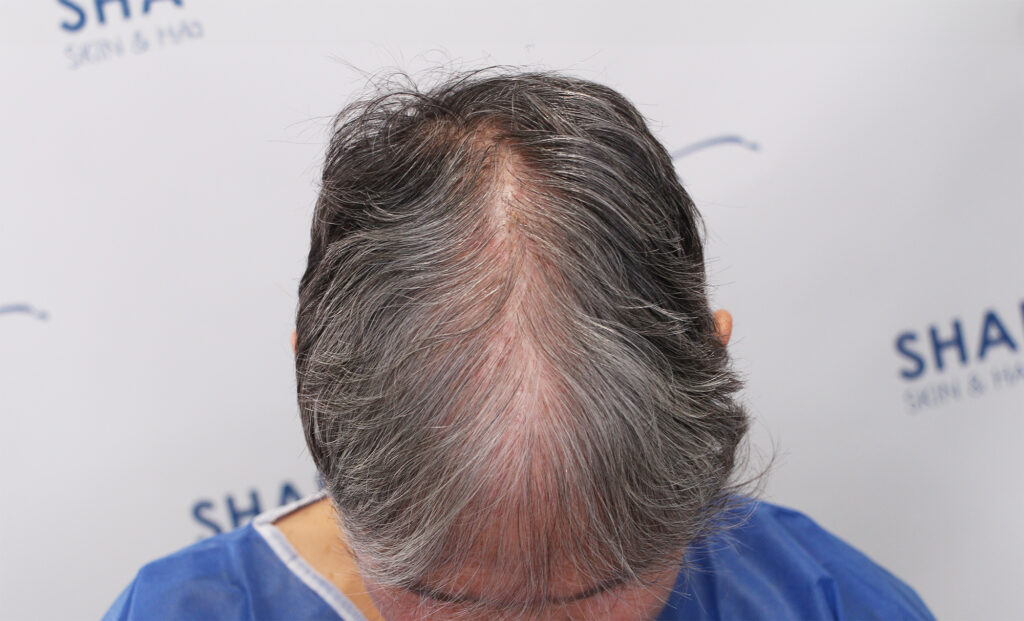
Do women also experience hair loss
While hair loss is most often associated with men, women can also experience hereditary thinning and hair loss with age or traction alopecia. This process is similar to the hair loss that occurs in men, but the pattern is usually different for women.
Talk to a hair transplant expert
Don’t just accept your hair loss. Talk to us about your options.
If you are considering options for hair restoration surgery, contact us for a free virtual hair loss consultation and get started on your transformation today.
